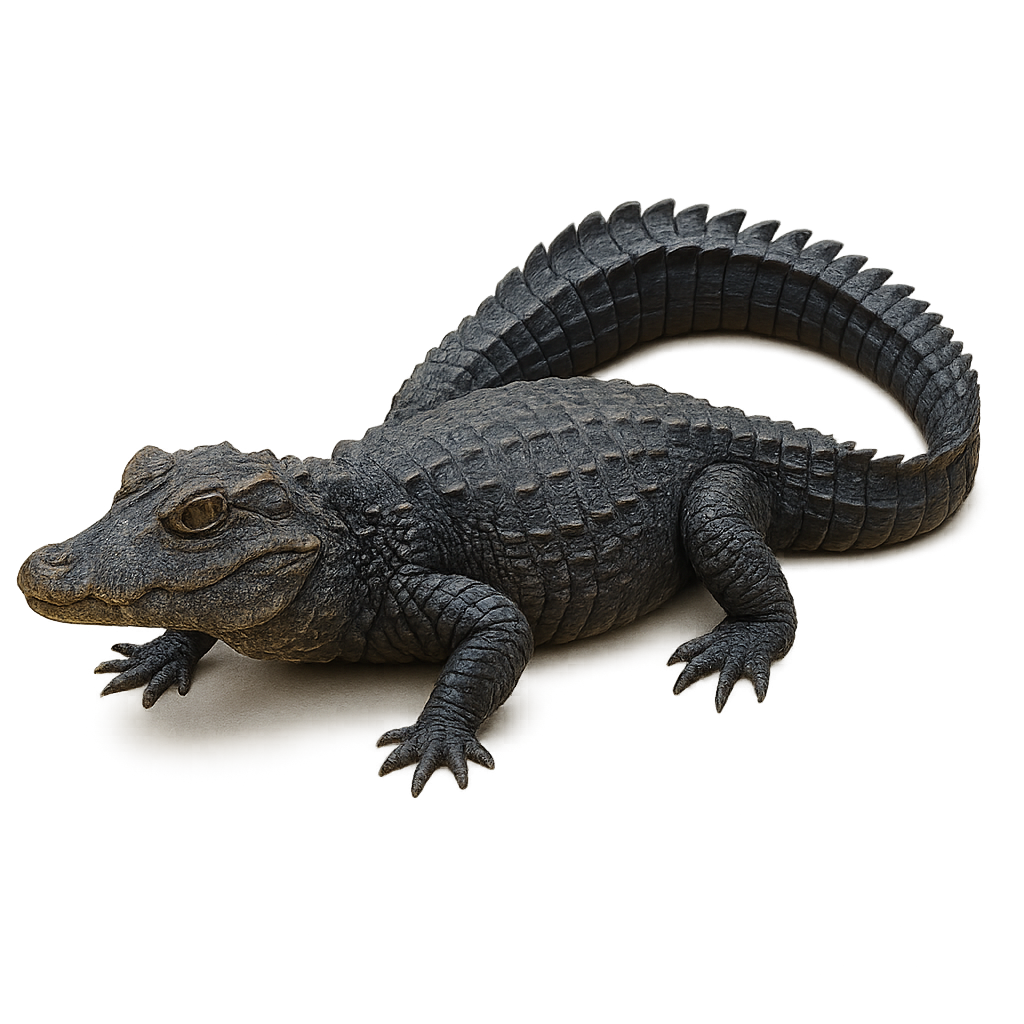Your wildlife photography guide.
Explore the dwarf crocodile in detail, study its behavior, prepare your shots.
Where to observe and photograph the dwarf crocodile in the wild
Learn where and when to spot the dwarf crocodile in the wild, how to identify the species based on distinctive features, and what natural environments it inhabits. The WildlifePhotographer app offers tailored photography tips that reflect the dwarf crocodile’s behavior, helping you capture better wildlife images. Explore the full species profile for key information including description, habitat, active periods, and approach techniques.
Dwarf crocodile
Scientific name: Osteolaemus tetraspis

IUCN Status: Vulnerable
Family: CROCODYLIDAE
Group: Reptiles
Sensitivity to human approach: Very shy
Minimum approach distance: 20 m
Reproduction period: April to June
Incubation: 80-95 jours
Births: April to June
Habitat:
Forest swamps and slow-moving streams
Activity period :
Mainly active at night, generally discreet during the day.
Identification and description:
The African dwarf crocodile is a small semi-aquatic crocodilian, measuring 1–1.5 m in length, with a robust body, broad head, and dark brown and black mottled skin. It inhabits forest swamps, slow-moving tributaries, and wetlands of West and Central Africa, feeding primarily on fish, crustaceans, and aquatic invertebrates. Solitary and crepuscular, it shelters in burrows or under tree roots.
Recommended lens:
400 mm – adjust based on distance, desired framing (portrait or habitat), and approach conditions.
Photography tips:
Photograph the African dwarf crocodile from a distance using a telephoto lens of ≥400 mm from a concealed elevated hide near the water at sunrise or sunset. Use a fast shutter speed to freeze movement and shallow depth of field to isolate skin textures. Remain silent and keep at least 20 m away to avoid disturbance.
The WildlifePhotographer App is coming soon!
Be the first to explore the best nature spots, track rutting seasons, log your observations, and observe more wildlife.
Already 1 430 wildlife lovers subscribed worldwide

